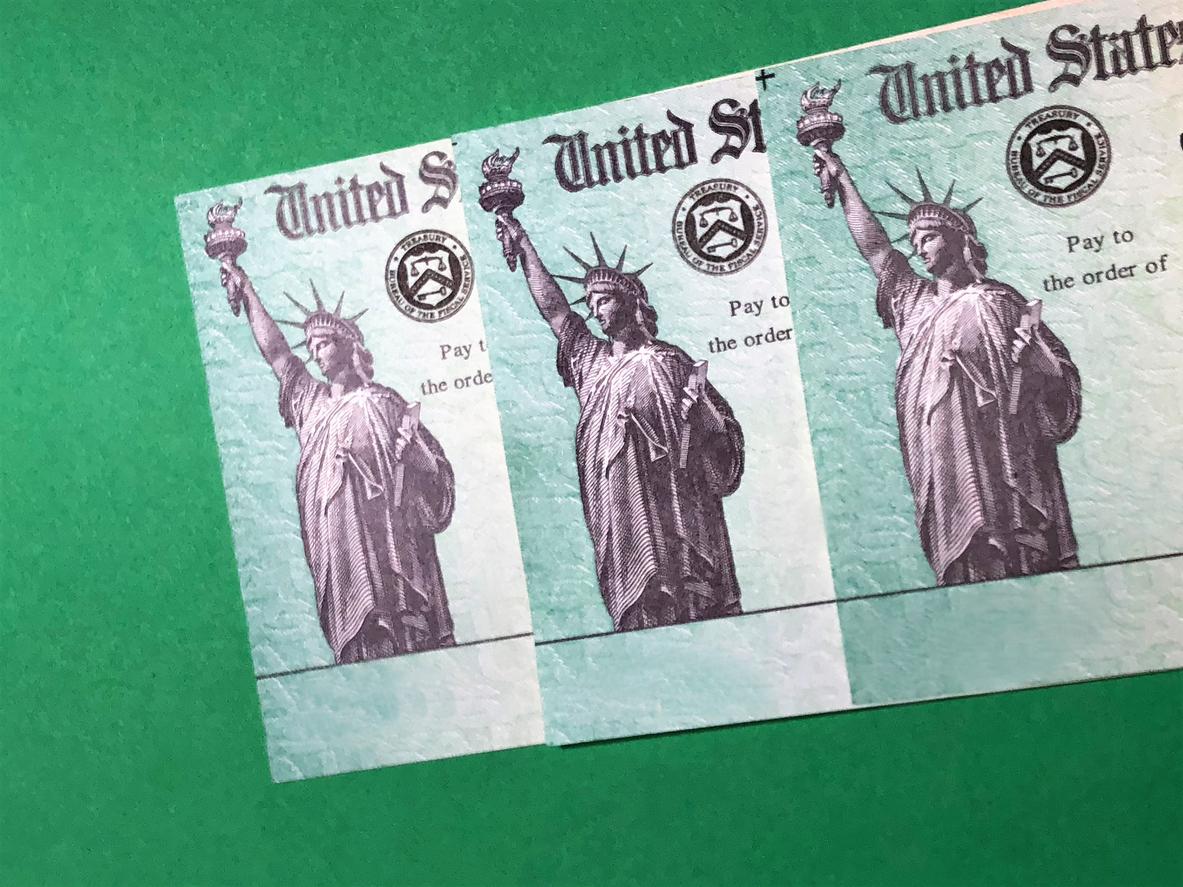Bringing The Economic Bazooka To The Coronavirus Fight
Rays of light shone upon the investment markets this week after policymakers pulled out their big guns often referred to by investment commentators as the bazooka. As the magnitude of the near-term economic impact of efforts to contain the spread has become more apparent, countries are responding with fiscal stimulus packages the likes of which the world has never seen before. Not even during the Great Financial Crisis has so much been done in such a short period of time. The good news in the market is in contrast with an increasing spread of COVID-19, which continues unabated across many countries. This is causing healthcare systems to become strained and serving as a reminder of the gravity of the situation.
$2 Trillion in stimulus is approved
To date, the United Kingdom (U.K.) and the United States (U.S.) have proposed the largest stimulus packages, amounting to approximately 17% and 10% of their country’s gross domestic product, respectively. In the United States, both the Senate and (today) the House have approved a $2 trillion spending package that includes $454 billion of loans to businesses, $349 billion of small business loans, $301 billion of payments to individuals, $250 billion increase to unemployment insurance, $150 billion of aid to states, and other targeted loans and grants to impacted industries, such as airlines and hospitals. The $2 trillion stimulus compares to the $800 billion stimulus deployed in 2008.
The Federal Reserve’s response
The Federal Reserve (Fed) has been out in front with its policy response. This week saw more new lending facility announcements. Notably, in a matter of weeks, the Fed has surpassed what took them 16 months to enact during the Great Financial Crisis. In aggregate, Chairman Powell and his colleagues have cut the Federal Funds Target rate to 0%, announced unlimited bond purchases, opened dollar swap lines between central banks, reduced reserve requirements, and backstopped the money markets and commercial paper markets. This serves the purpose of easing liquidity constraints within our credit markets. Much like what happened during 2008, investors are hoarding cash by selling the least impaired assets, which is making normally safe investments, such as municipal bonds and money market funds, appear more volatile. The net result of these programs is that the Fed has essentially backstopped these markets.
Meanwhile, the virus continues to spread
While it was a good week on the policy front, the spread of the virus appears to be worsening in the U.S. Indeed, on Thursday, the U.S. surpassed China as the country with the most reported cases according to John Hopkins University. New York has been hit the hardest, representing almost half of the country’s cases. We remain hopeful that we will see a peak in daily new cases over the coming weeks. The administration shares our hope and is openly talking about easing the most stringent of the social distancing restrictions beginning on Easter (April 12th). Health care experts are not prepared to provide a timeline, but it is becoming increasingly clear that this could happen over weeks or months rather than quarters.
We are seeing anecdotal reports of extreme stress in select cities’ and states’ healthcare systems. Stories about shortages of ventilators, surgical masks, and other personal protective equipment spotlight the reason that the medical community is so concerned about “flattening the curve.” Similarly, some officials are concerned about the negative impacts of longer-term mass containment efforts. Balancing the curve flattening with broader societal issues is tricky, at best, and we should expect some starting and restarting of activity over the coming months as they find their balance.
The market recovers some losses
The markets opted to focus on policy successes rather than the growing number of confirmed cases. As of the close on Thursday, the market is up big for the week, posting three consecutive days of gains. Over these three days, the S&P 500 was up 17.5%, representing the strongest three-day performance since 1931.
As we write this, the markets are giving up some of these gains on Friday. It will likely continue to be a bumpy ride moving forward. The rally this week happened despite the news of an estimate of 3.3 million new unemployment claims. We anticipate that we will see more bad news on the virus spread and the economy over the coming weeks and months, and the market will react strongly (positively and negatively) as they digest this information and assess the path forward.
Trying to guess when the markets will ultimately bottom is a fool’s errand, in our opinion. We know from history that bottoms are generally a process. They often, but not always, occur only after several retests of the lows. We are comforted by the observation that trading in some of the safer credit markets appears to be normalizing. This is an important first step but one that will likely come with setbacks. Please adjust your expectations accordingly.
